Some towns don’t just hold history—they are history. Hidden in plain sight, these places whisper stories that never made it into textbooks. Walk their quiet streets and you’ll feel it: the echoes of revolutions, gold rush dreams, and legends time nearly erased. Every creaky porch, old jailhouse, and faded sign carries a secret waiting to be rediscovered. These are the corners of America where the past still breathes—unpolished, haunting, and deeply human.
So if you love a good mystery wrapped in cobblestones and ghost stories, these 10 towns will pull you straight into another century.
Jerome, Arizona

Perched atop Cleopatra Hill, Jerome, Arizona, offers a haunting glimpse into the mining boom of the late 19th century. Once the “Wickedest Town in the West,” Jerome was home to copper mines that drew thousands.
Today, it’s a vibrant artist community, where echoes of its rough-and-tumble past resonate in every corner. The town’s hilly streets and historic buildings whisper tales of fortune and loss, capturing the imagination of those who wander through.
Jerome’s transformation from a bustling mining hub to a near-ghost town and then to an arts haven is a testament to resilience and reinvention.
Cahawba, Alabama

Once the flourishing capital of Alabama, Cahawba now lies silent, its streets overgrown and buildings in ruins. Established in 1819, it was a bustling city before flooding and outbreaks of disease led to its decline.
Cahawba was a place where commerce and politics thrived, a center of Southern society. As the river reclaimed its land, residents moved on, leaving behind a poignant snapshot of antebellum life.
Today, Cahawba is a ghost town, preserved as a historic site, inviting explorers to uncover its stories hidden beneath the vines.
Centralia, Pennsylvania
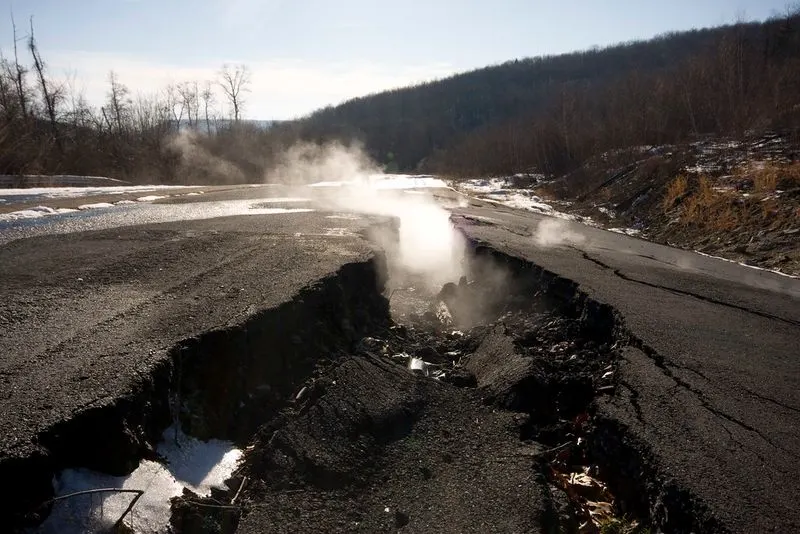
The smoldering town of Centralia, Pennsylvania carries a chilling legacy. What began as a thriving mining community turned into a ghost town due to a coal seam fire ignited in 1962.
The fire still burns beneath the town, causing smoke to rise eerily from the ground and making the area uninhabitable. Most residents evacuated, leaving behind a desolate landscape.
Centralia’s story of a community lost to an underground inferno is a powerful reminder of nature’s unpredictable force and the impermanence of human settlement.
Bodie, California
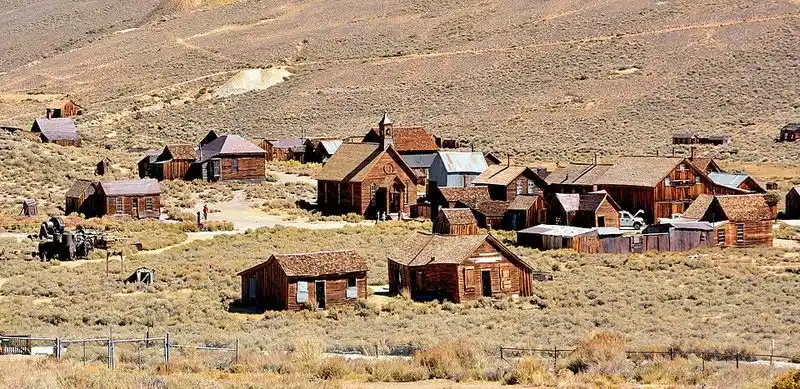
Frozen in time, Bodie, California is a gold rush town echoing tales of fierce ambition and fleeting prosperity. In 1876, a lucrative gold strike transformed Bodie into a bustling hub.
At its peak, the town had a population of nearly 10,000, complete with saloons, a red-light district, and a reputation for lawlessness. As the mines depleted, so did the town’s population.
Today, Bodie stands as a state historic park, preserved in “arrested decay,” allowing visitors to step into its storied past and feel the rugged spirit of the Old West.
Thurmond, West Virginia
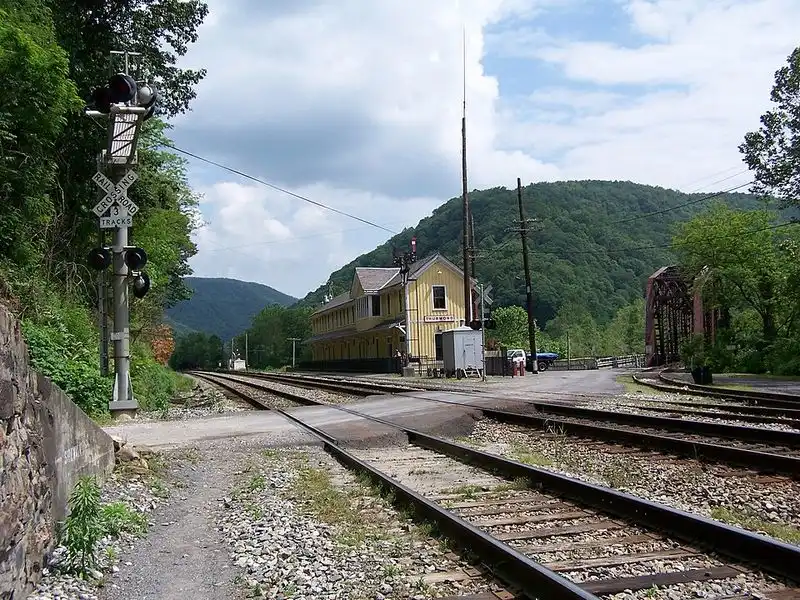
Nestled in the heart of Appalachia, Thurmond, West Virginia, once thrummed with the energy of a bustling railroad town. Established in the early 20th century, it was integral to coal transportation.
Trains and commerce thrived, but as rail transport waned, so did Thurmond. The town, largely owned by the National Park Service today, retains its historic charm.
Thurmond offers a glimpse into the past, with its surviving structures standing as silent witnesses to the rise and fall of the railway’s golden age.
Pithole City, Pennsylvania
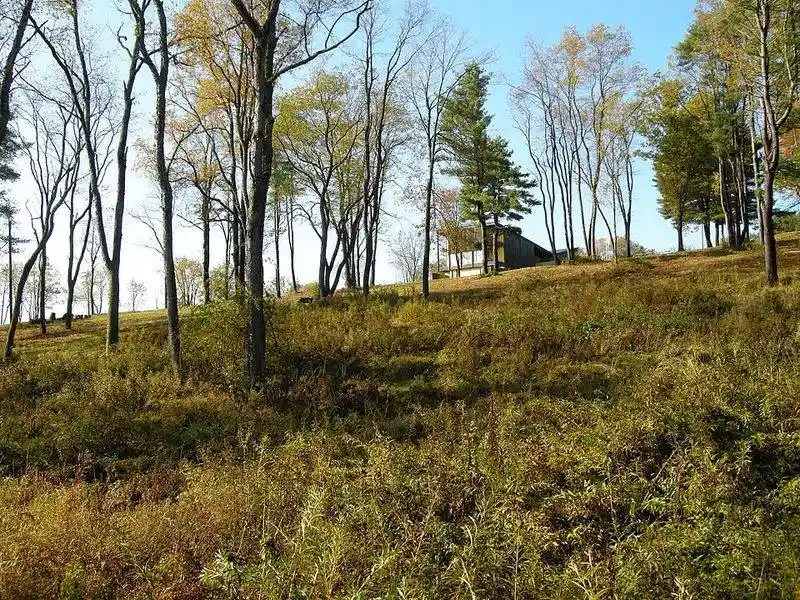
During the oil boom of the 1860s, Pithole City, Pennsylvania, sprang up almost overnight. It became one of the largest oil boomtowns of its time, attracting thousands with promises of wealth.
The rapid rise was matched by an equally swift decline. Within years, oil production dwindled, and Pithole was abandoned, leaving a ghostly reminder of transient prosperity.
Today, few remnants remain, but the story of Pithole serves as a fascinating footnote to the era of oil’s burgeoning influence in America.
Pullman, Illinois
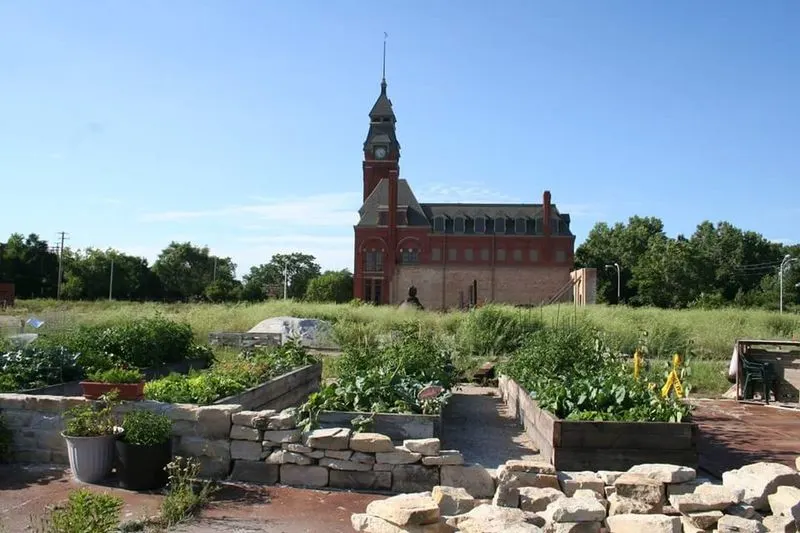
In Pullman, Illinois, a unique social experiment unfolded in the late 19th century. Founded by industrialist George Pullman, the town was designed to house workers of his railroad car company.
Pullman blended industrial efficiency with high living standards, but tensions grew over control and wages, leading to a significant labor strike in 1894.
The Pullman Strike highlighted the challenges of balancing corporate and worker interests, leaving a lasting impact on labor laws and urban planning in America.
Columbia, California

Columbia, California, is a vibrant window into the Gold Rush era, preserved as a state historic park. Founded in 1850, it quickly became one of the state’s largest cities during the gold fever.
The town’s preservation offers a unique opportunity to experience daily life as it was in the mid-19th century, from saloons to blacksmith shops.
Columbia’s resilience is evident in its carefully maintained streets and structures, inviting visitors to relive a transformative period in California’s history.
St. Elmo, Colorado
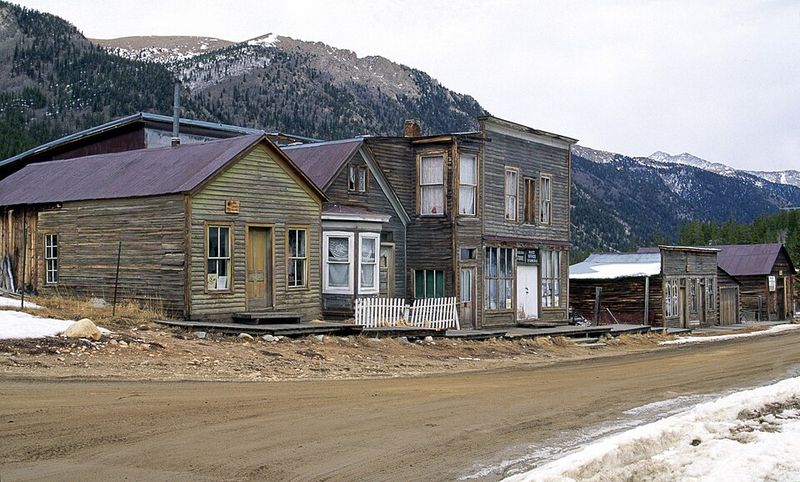
St. Elmo, Colorado, once a vibrant mining town, now stands as one of the most well-preserved ghost towns in the state. Founded in 1880, it thrived during the silver and gold rush.
As mining dwindled, St. Elmo’s population faded, but the town remains remarkably intact, offering a poignant snapshot of frontier life.
With its rustic charm and scenic mountain setting, St. Elmo captures the adventurous spirit of those who sought fortune in Colorado’s rugged terrain.
Auraria, Georgia
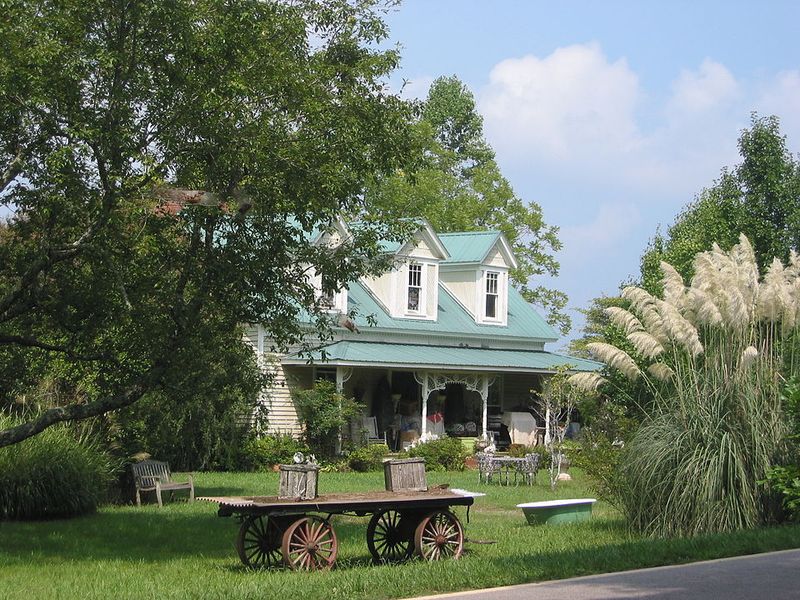
In the heart of Georgia, Auraria was once a bustling epicenter during the 1828 gold rush. This small town saw fortune seekers flocking to its hills, hoping to strike it rich. Though the gold rush faded, Auraria’s charm remains.
Today, the echoes of miners’ pickaxes fade into the whispers of the wind. Old structures stand quietly, each a testament to the town’s golden past. Visitors can almost hear stories of dreams built and broken along its dusty streets.
Auraria offers a glimpse into a time when dreams of gold consumed the nation, and history was written in its soil.

